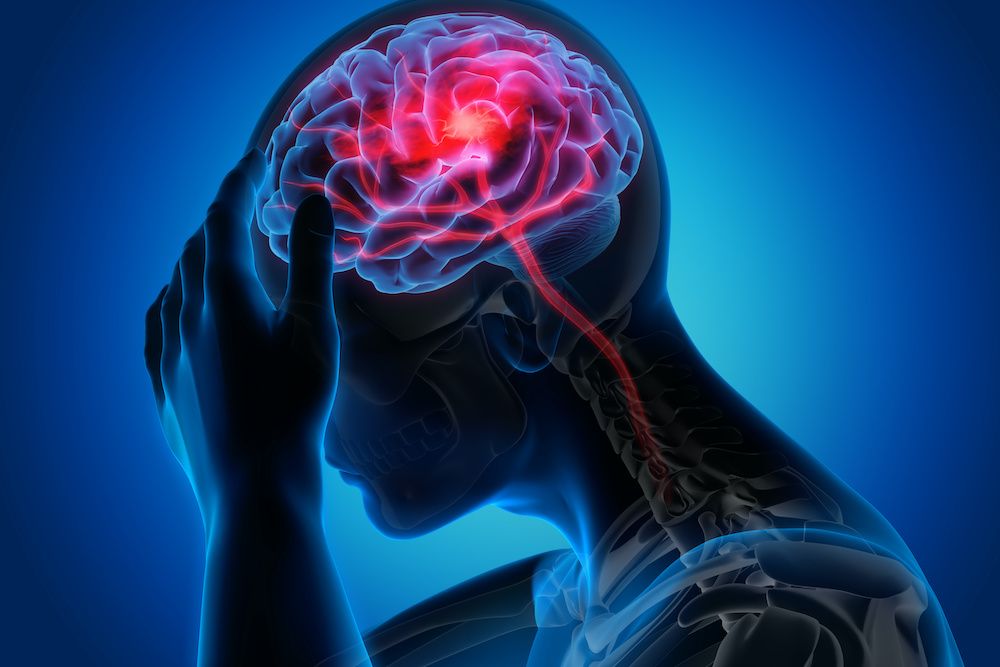COVID-19 Causes 40-Percent Drop in Stroke Imaging
Concentration on virus-related scans largely sidelines other imaging needs.

Imaging for stroke has declined nearly 40 percent during the COVID-19 pandemic, according to new research, indicating that many cases could go undetected and untreated.
In a research letter published on May 8 in the New England Journal of Medicine, a team led by Akash Kansagra, M.D., from Washington University School of Medicine in St. Louis, examined the number of stroke evaluations in hospitals nationwide. The team's goal was to determine whether stroke care has declined during the outbreak.
With most imaging services pivoting toward patients who either have or are suspected of having COVID-19 infection, it has been difficult to track the care of other conditions, they said. This can be particularly critical for patients who experience a stroke as medical intervention must be performed within 24 hours in order to improve outcomes. And, as recent improvements and interventions in stroke care rely largely on imaging guidance, understanding this impact could potentially improve outcomes and decrease disability.
“The decrease in the use of stroke imaging from the pre-pandemic epoch to the early-pandemic epoch was seen across all age, sex, and stroke severity subgroups,” Kansagra wrote in the letter. “This suggests a decrease in the number of evaluations both in patients with severe strokes and in non-elderly patients who may have been at low risk for COVID-19 complications.”
To reach this conclusion, Kansagra’s team assessed 231,753 stroke evaluations at 856 hospitals across the country. They also measured the number of scans analyzed using the Rapid software from iSchemaView. This tool is frequently used to determine which stroke patients could be good candidates for endovascular therapy based on occlusions of brain arteries or regions that have potentially reversible ischemia because they have not been infarcted.
The team used the Rapid software to determine the number of scans performed each day between July 2019 and April 27, 2020, and they compared it to daily scan numbers during a 29-day pre-pandemic period in February 2020 to a two-week stretch of March 26 to April 8. The number of stroke scans fell to their lowest point during that two-week period, dropping from 1.18 patients per day per hospital before the pandemic to 0.72 patients daily – a 39-percent decline. In addition to declines occurring across age, sex, and stroke severity groups, Kansagra’s team said, the drops also manifested across various states and in hospitals with varying procedure volumes.
These findings, they said, could have a negative impact on patient morbidity if cases aren’t identified and go untreated.
GE HealthCare Debuts AI-Powered Cardiac CT Device at ACC Conference
April 1st 2025Featuring enhanced low-dose image quality with motion-free images, the Revolution Vibe CT system reportedly facilitates improved diagnostic clarity for patients with conditions ranging from in-stent restenosis to atrial fibrillation.
Can Photon-Counting CT be an Alternative to MRI for Assessing Liver Fat Fraction?
March 21st 2025Photon-counting CT fat fraction evaluation offered a maximum sensitivity of 81 percent for detecting steatosis and had a 91 percent ICC agreement with MRI proton density fat fraction assessment, according to new prospective research.